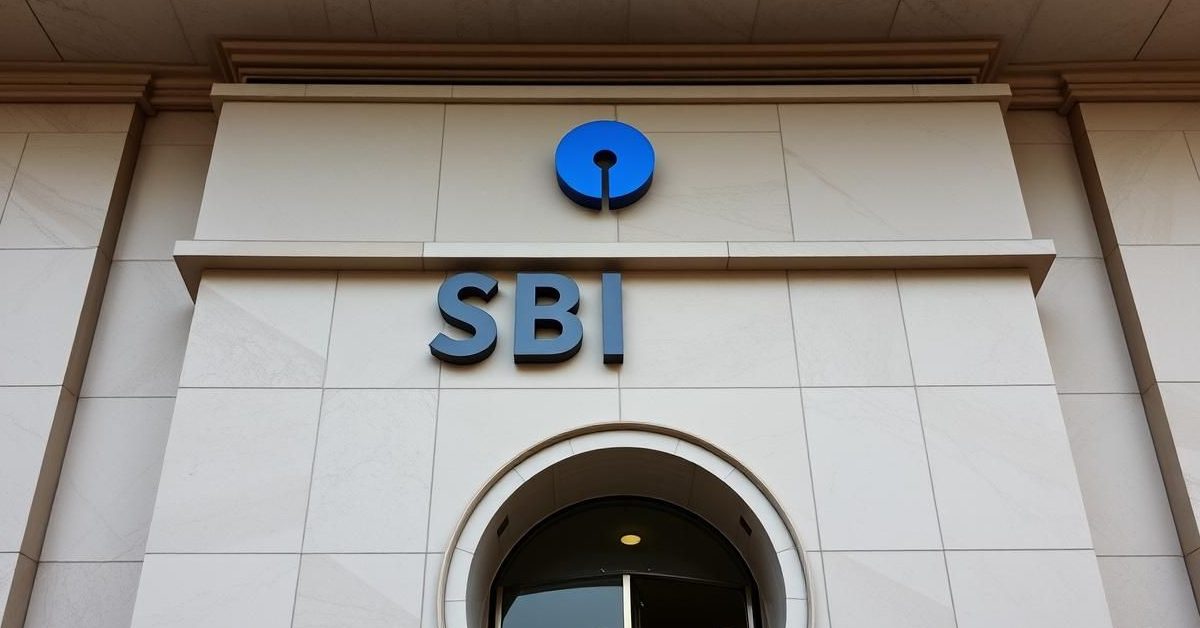State Bank of India (SBI), India’s largest lender, has successfully raised a record-breaking Rs 25,000 crore through a Qualified Institutional Placement (QIP), boosting its financial strength and lending capacity.
SBI Sets a New Benchmark with Landmark Fundraise
India’s premier banking institution, State Bank of India (SBI), recently concluded a monumental Qualified Institutional Placement (QIP), securing a staggering Rs 25,000 crore. This achievement marks the largest share sale ever made to institutional investors in India’s capital market history.
The successful QIP surpasses the previous record set by Coal India’s Rs 22,560 crore QIP in 2015. This is also the first time since 2017 that SBI has mobilized such significant funds through an equity sale, reinforcing investor confidence in the bank.
Understanding a Qualified Institutional Placement (QIP)
A QIP is a method listed companies use to raise capital by issuing equity shares or other securities to a select group of institutional investors. These “Qualified Institutional Buyers” (QIBs) include sophisticated entities like venture capital funds, pension funds, and mutual funds.
QIBs are typically experienced investors with the expertise and resources to make well-informed investment decisions. They are generally familiar with the issuer’s business operations, financial health, and industry standing, making QIPs a streamlined way for companies to garner significant funds.
The Numbers Behind SBI’s Record QIP
SBI’s board had approved raising up to Rs 25,000 crore for the fiscal year 2026. The bank managed to raise the entire amount in a single tranche after opening the QIP for subscription on July 16.
The shares in the QIP were priced at a premium to the floor price of Rs 811.05 per share. This floor price is determined based on SEBI regulations, calculated as the average of the closing prices of a company’s shares over the preceding two weeks.
Overwhelming Investor Confidence
The QIP received an overwhelmingly positive response from investors, being oversubscribed by 4.5 times. This strong demand highlights robust investor confidence in SBI’s strategic direction and the promising outlook for India’s banking sector.
A significant portion of the demand came from foreign investors, who accounted for 64.3 percent of the total interest. Marquee long-term investors secured nearly 88 percent of the final allocation, with foreign long-term investors alone receiving 24 percent of the issue size.
Strengthening the Bank’s Core and Future Lending
The capital raised through this QIP will significantly boost SBI’s Common Equity Tier 1 (CET1) capital ratio. This ratio, a key indicator of a bank’s financial strength, will increase from 10.81 percent (as of March 31, 2025) to 11.5 percent.
A higher CET1 ratio signifies improved solvency and a greater ability to absorb potential losses, making the bank more resilient. This enhanced capital base will enable SBI to strategically expand its credit offerings across vital sectors, including retail loans, micro, small & medium enterprises (MSME), and corporate segments, fueling economic growth.
- SBI raised a record Rs 25,000 crore through a QIP, the largest in India’s capital market history.
- The funds will boost SBI’s CET1 capital ratio to 11.5%, strengthening its financial health.
- The QIP was oversubscribed 4.5 times, with strong participation from foreign and long-term investors.
- The capital infusion will support SBI’s lending growth in retail, MSME, and corporate sectors.
This successful fundraising positions SBI strongly for future growth and continued support to India’s burgeoning economy.














